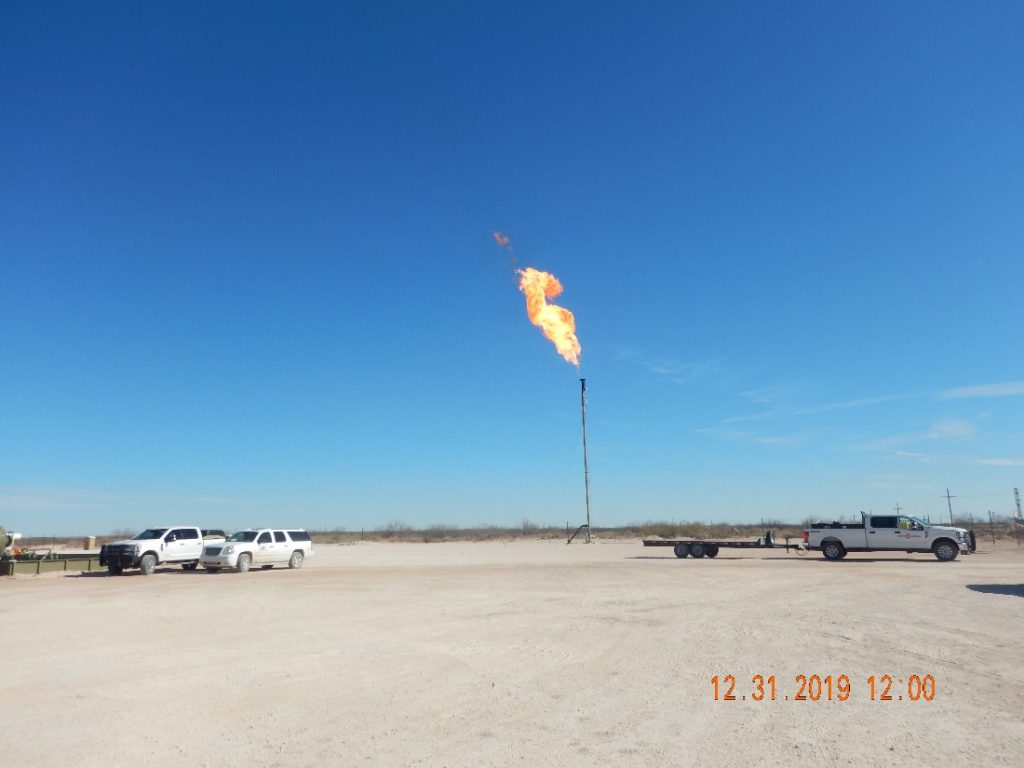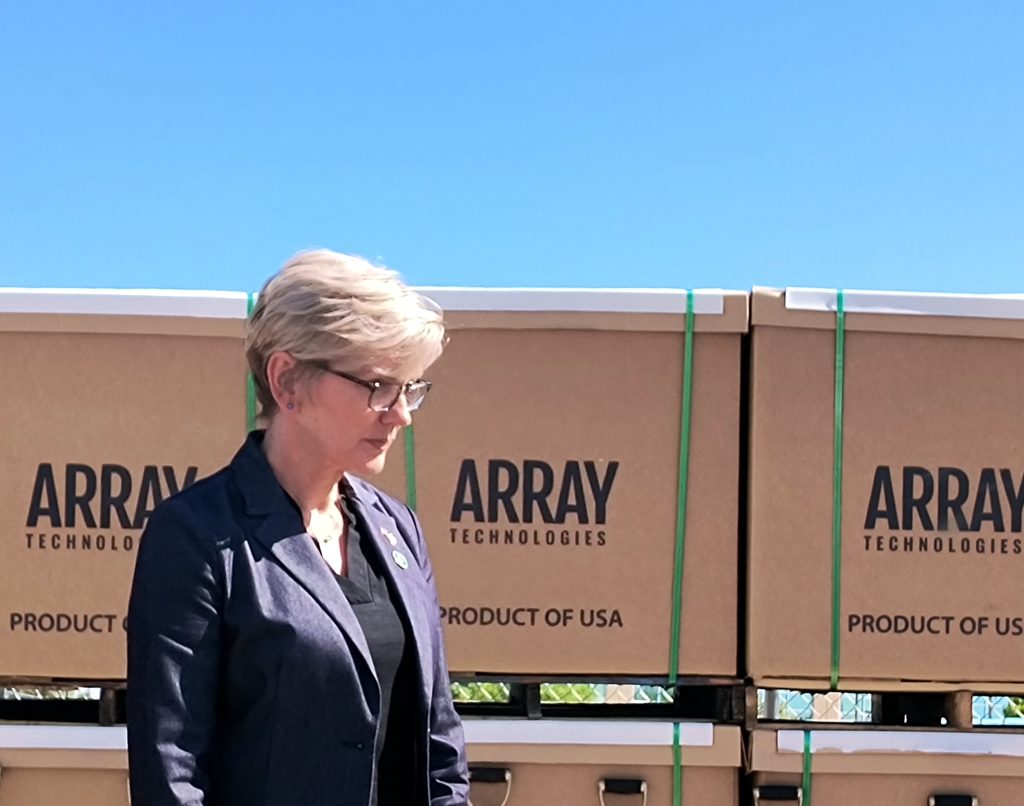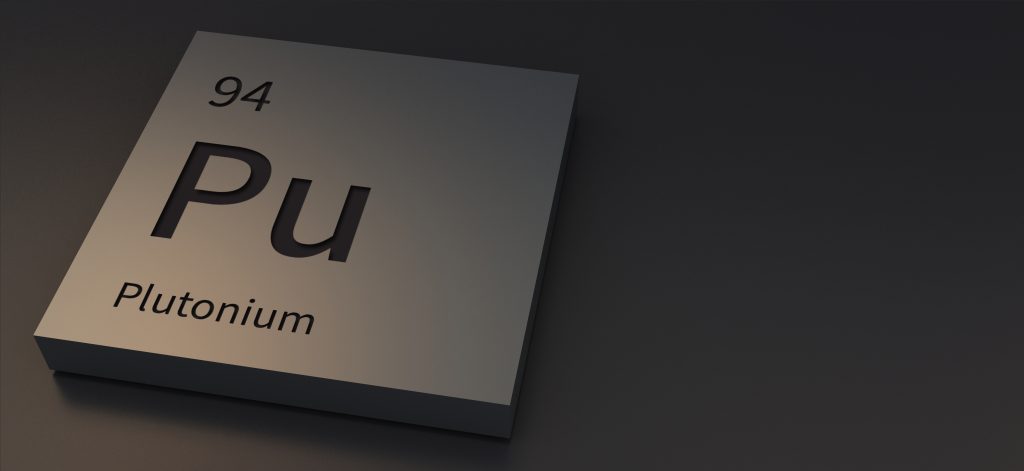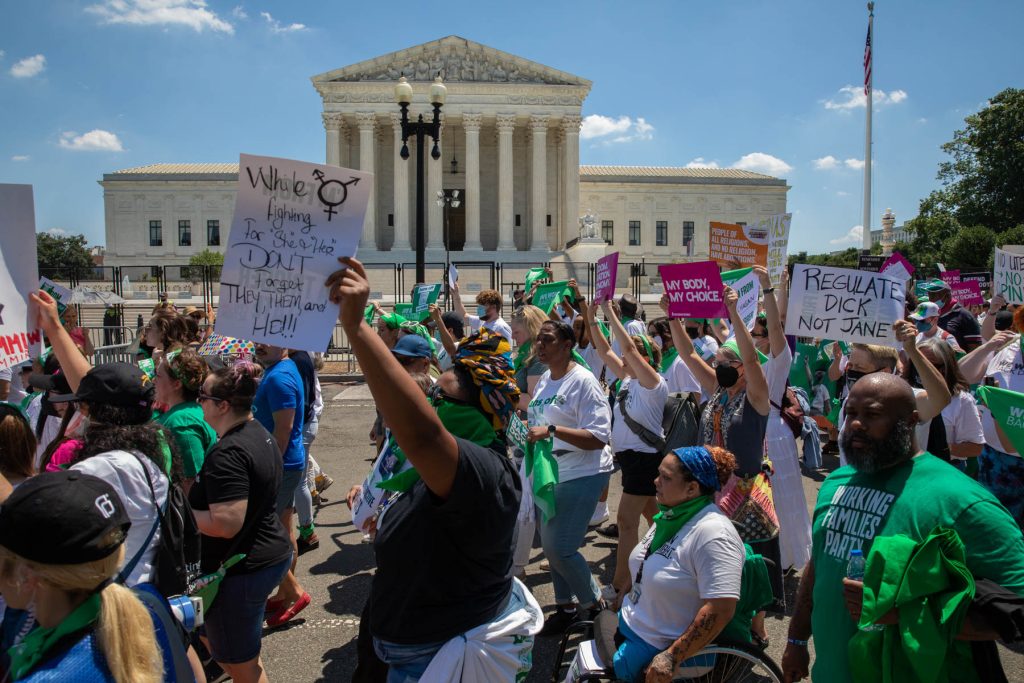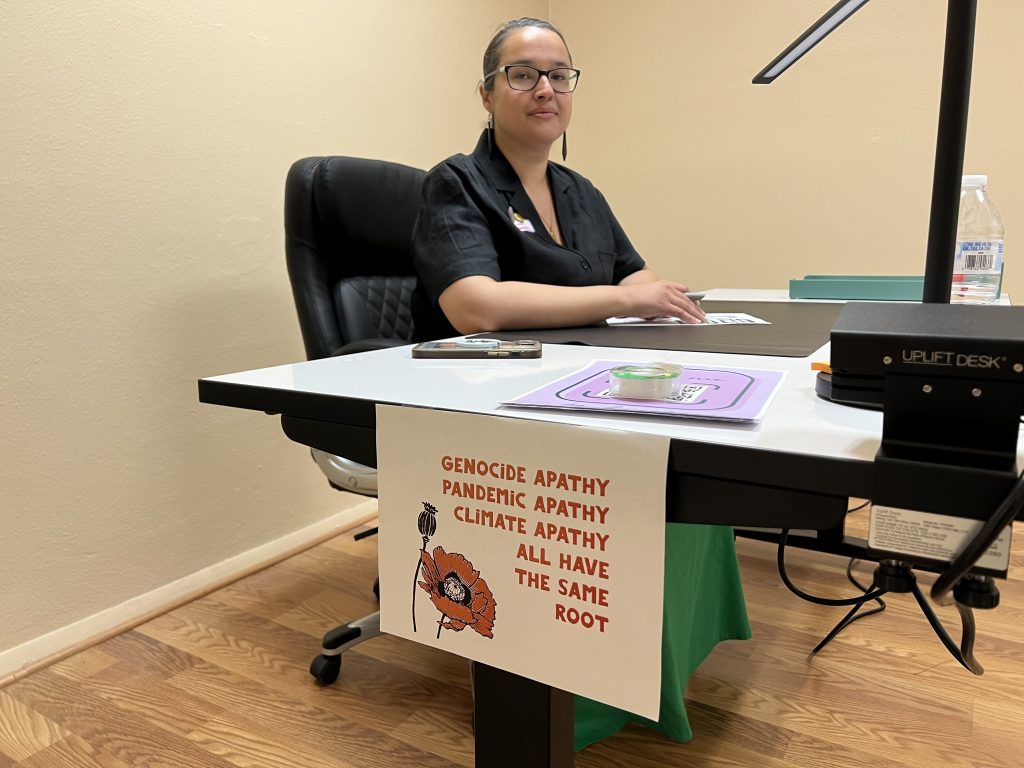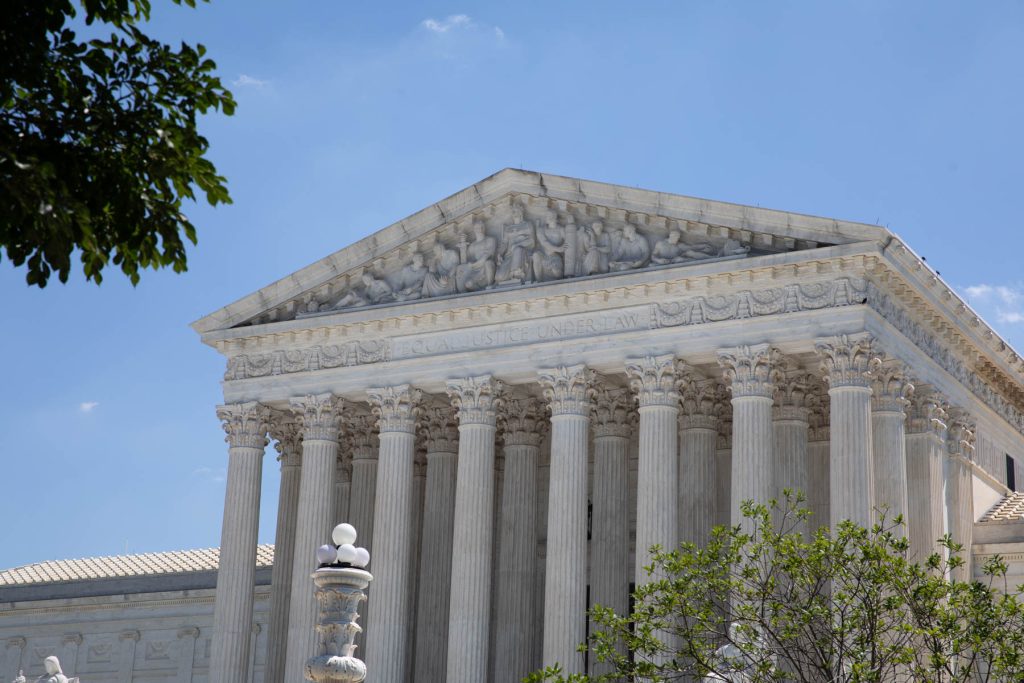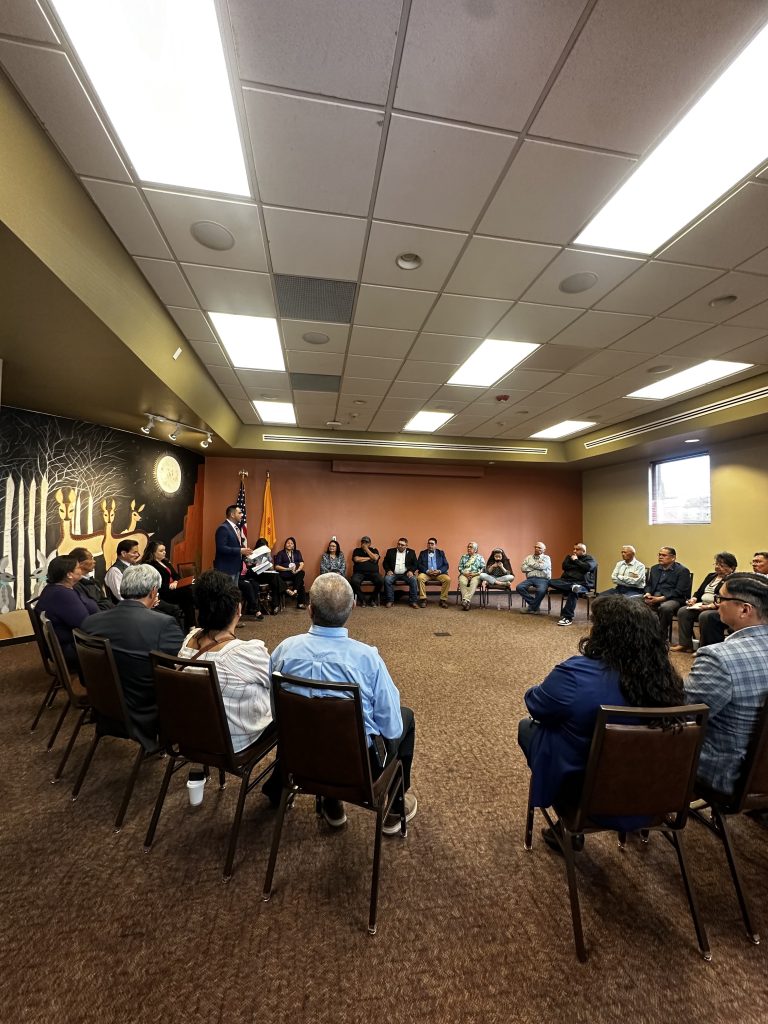Gov. Michelle Lujan Grisham said during an online press conference on Thursday that the state is in “an extreme crisis” for the respiratory illness that has claimed the lives of over 235,000 nationwide and 1,082 in the state. And she said it is already too late to “prevent the pain that is coming to our first responders and our health care workers,” later this month.
During Lujan Grisham’s press conference, state Human Services Department Secretary Dr. David Scrase likened the situation to what happened in Italy in March, when the hospital system in that country was so overwhelmed, hospital workers had to limit care.
“We’re preparing institutions for an Italy-like situation over the next couple of weeks,” Scrase said.
Lujan Grisham did not declare any new public health orders limiting travel or businesses, saying she wanted more time to look at the data. But, she said new public health orders may be announced in the next two to three days.
“We can control the rate of infection,” she said from her home. “We just aren’t. We’re behind the virus. This is the worst possible situation to be in.”
The governor’s grim update included a number of issues the state faces in the coming weeks.
She said the state is running out of people to collect COVID-19 tests, hospital staff are severely overworked, contract tracers can no longer keep up and, currently, there is no end in sight. Scrase said hospitals are contracting with at least 400 traveling nurses from other locales to help give relief to health care workers over the next month.
The state is also sending out a recruitment letter to inactive and retired health care workers to ask them “come back to help” Scrase said. He said the Department of Workforce Solutions has identified about 1,000 health care providers who are out of work and the state is reaching out to try to bring them back to help. He said the state is also recruiting New Mexico Medical Reserve Corps volunteers for help with the crisis.
The state is also trying to reconfigure any available nursing facility staff to help provide hospital care this week and next, Scrase said. He said the Gibson facility could be used as a medical shelter site in Albuquerque. The state is also applying for FEMA staffing resources next week, Scrase said.
“Our issue isn’t beds, it’s staff overworked,” he said.
Scrase said hospitals are making a rapid expansion to a home health care model this week so more patients receive care while at home to try to relieve some of the strain on the hospital system.
Lujan Grisham said the state has seen a 95 percent increase in hospitalizations from two weeks ago and a 260 percent increase in hospitalizations over the last month. The state has 82 percent of its hospital beds occupied and 75 percent of its ICU beds occupied.
But 82 percent of hospital bed capacity is really 92 percent of hospital bed capacity because the state is running out of health care worker capacity, Scrase said.
“We expect to run out of general hospital beds in days, not weeks,” Scrase said.
He said that according to the state’s modeling, the state expects to run out of ICU beds by about November 11 or 12. He said the state has also seen the number of COVID-19 cases increase among hospital workers.
Lujan Grisham said there have been 79 COVID-19 related deaths over the last week and that is a 108 percent increase over last week. The number of COVID-19 related deaths is a 230 percent increase over the last two weeks, she said.
“This trajectory is not sustainable,” she said. “It is too late to dramatically reduce the number of deaths. It is too late to reduce hospital rates. November is done.”
“More than 10 percent of deaths in the state due to COVID-19 related illness have occurred in the last two weeks than over the entire eight months of the pandemic,” Scrase said.
Scrase said that 16.9 percent of those hospitalized for COVID-19 die while in the hospital, a higher hospital mortality rate than advanced cancer.
Scrase said that COVID-19 represents 89 percent of the underlying cause for death in the state. Cardiovascular disease, which is the second highest underlying cause for death in the state represents 3.7 percent of the current death rate.
Scrase said the number of deaths from COVID-19 related illness will be 13 or higher each day for at least the next two days.
One of the leading causes for the explosion in cases, Lujan Grisham said, is people spending time with others who are not family members. Other causes include large family gatherings, visiting restaurants and bars and people going to work and engaging in other activities after getting tested.
She said residents should get used to wearing a mask indoors in their own homes. Lujan Grisham said if the state doesn’t do better in the next two weeks, as horrible as November is going to be, December will be “dramatically bad.”
The governor said that such a situation could affect the 2021 Legislative session when the Roundhouse, normally, is open to the public and many different groups from around the state pay a visit. She said even if there is a vaccine in the early winter months, it’s possible it could have a 30 percent efficacy rate and the state might not receive enough doses to make it widely available. She said more decisions about the Legislative session will happen in December.
Scrase said the number of cases dipped when the state experienced a winter storm in late October because the storm restricted travel. But that dip didn’t last, he said. He said that according to the modeling data, over the next two weeks the state can expect to see between 791 to 1,760 cases a day, which will lead to anywhere between 3,322 to 7,392 additional people infected.
Every age group is setting new records for the number of cases, Scrase said.
“Even the smallest kids are setting new records each week,” he said.
The 35-to-64 year olds are the biggest contributors to hospital cases, he said.
Scrase said hotspots are Bernalillo and Doña Ana counties, but cases are also on the rise in McKinley County, which experienced a dramatic number of cases early in the pandemic. Scrase also pointed to Santa Fe County as “getting higher.”
Part of the problem for New Mexico is that it ranks sixth from the bottom for the number of hospital beds per 100,000, Scrase said, and 35th in the nation for the number of ICU beds.
He said COVID-19 patients are sicker and need almost constant care. They are harder to take care of and require intensive nursing, he said.
Scrase said the state is looking to start providing mail-in tests for COVID-19 starting this week. The tests will be saliva tests.
Scrase called COVID-19 a “long haul.”
“We could be in this another year or so,” Scrase said. “Rethink your holiday plans.”




